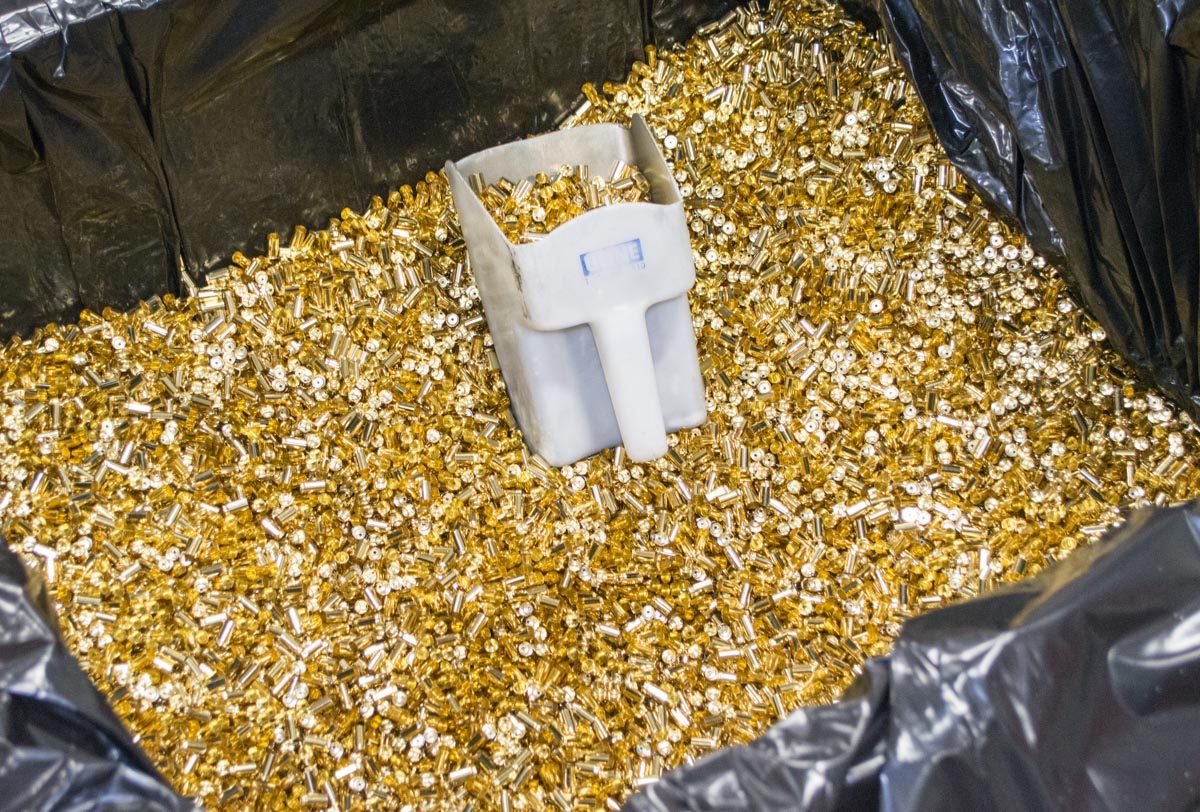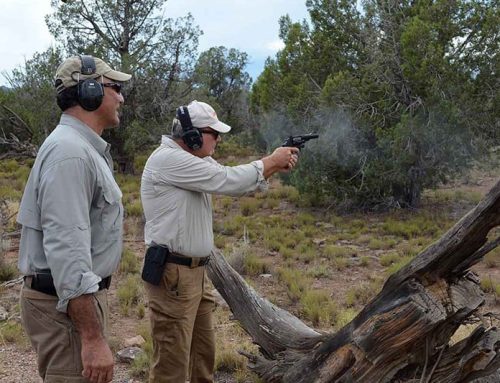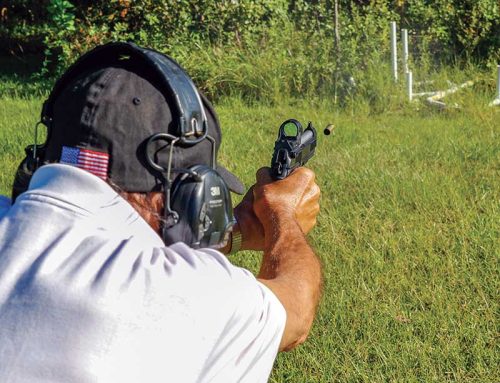
The only real brass cleaning requirement is to get dirt and grit removed, but it doesn’t hurt to make it nice and shiny too.
The GunsAmerica How To Reload Ammunition Series:
Want To Reload Your Own Ammo? Basic Questions to Consider
Reloading: The Gear You Need And What It’ll Cost You
The most important step in brass cleaning and preparation is to hoard like those people who get their interventions filmed for TV. Every time you go to a range that allows, pick up the brass. 95% of it will be pristine, once-fired brass. If you shoot at a club, it’s likely that a higher percentage will be reloaded, but as long as you inspect and load it to moderate, not maximum, power levels, it’s good to grovel and fight for that too. Even if you’re just thinking about taking up reloading, start your brass collection now – it’s the most expensive component, so the more you get free, the better.
In this episode, we’re going to cover the ways you can turn that recycled range brass into ready-to-load cartridge cases. Ready?
The Paint Bucket Method
When we discussed equipment needs, I mentioned that you don’t “need” brass cleaning equipment. It’s really a want. You need to clean it enough to make it safe and reliable by getting the loose dirt and powder residue off, but making it shiny is what it sounds like – a cosmetic preference.
If you’ve got a plastic bucket with a lid, you can add water and a little bit of Tide and shake away to your hearts content. That’ll be enough to get the loose grime off. Some people like to use various combinations of vinegar, dish soap, and Lemi-Shine with the washing method, so feel free to experiment. Just be sure to rinse your brass after using other cleaning additives.
There are only two drawbacks to the shake and rinse method: the brass may not look pristine and you’ll have to thoroughly dry it before proceeding to the next reloading step. Since it applies to a couple of cleaning methods discussed here, we’ll address ways to dry brass in a section later in this article.
The Tumbling Method
Dry tumbling can clean and polish your brass. The basic idea is that you fill a vibrating bowl or drum with cleaning “media” like crushed walnut shells or corn cob bits and throw your brass in with it. After a couple of hours of vibration, the friction rubs the dirt and stains off of the brass and it comes out pretty clean and shiny.
On the plus side, tumbling is tried and true. It’ll clean your brass perfectly well. You also won’t need to worry about drying it as the whole process is dry.

A vibrating tumbler will get your brass clean. The dryer sheets shown here help collect some of the dirt so the cleaning media lasts longer.
On the down side, the dirt has to go somewhere and that somewhere is that it sticks to the cleaning media. That means you’ll have to change out your media frequently. It’s possible to wash and dry some types of cleaning media, but that topic is for another day.
You will need to make sure all the bits of cleaning media are out of the cartridge cases before reloading. Some dry tumblers have a way to let the media drain out, leaving mostly brass. Or, you can use a separator that lets the cleaning media drain into a bucket.
Pro Tip: Sort before you tumble!

You can buy ready to go cleaning media for brass or you can use bulk stuff like crushed walnut shells or corn cobs.
If you clean your brass with a tumbler, sorting it first can save you a ton of headache. Here’s the gotcha. If you throw a bunch of pistol brass of varying calibers into a tumbler, the smaller ones, like .32, .380 and 9mm will get stuck inside the larger ones like .40 and .45. Sometimes, you can even end up with a three-way, even though that’s illegal in some states. The vibration of the tumbler works the cleaning media in between these nested cases so they end up as tightly bonded as those nut jobs on The View.
Before tumbling, I dump a pile of range pick up brass onto a towel or old sheet on the floor. By hand, I grab all the rifle cartridges and throw them into one bucket. Rifle cartridges generally don’t have the nesting problem, so you can tumble them all together and sort them once they’re clean.
Then I filter off (again by hand, and there’s a reason for this) the rimmed cartridges like .44 Special, .44 Magnum, .38 Special, .357 Magnum and .45 Colt. I throw the .44s and .45s in one bucket as they can be tumbled together. The .38s and .357s can also be cleaned together. Both are easier to separate into their proper calibers once clean.








Got something to say?